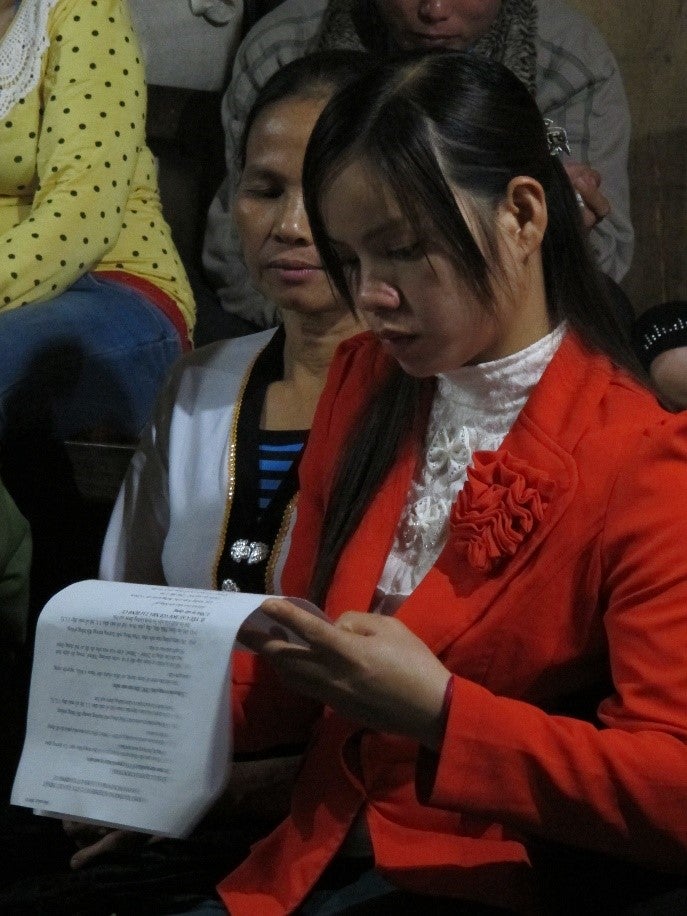
Hydropower Project. Photo: Mai Bo / World Bank
Last August, I visited Quang Ngai, a central coastal province in Vietnam, to collect data for a survey on women’s participation in resettlement activities. I expected our first meeting with the local community to be short and uncontroversial. It wasn’t.
“We, women? Our participation? It doesn’t matter. We all stay at home. We don’t care about you coming here and asking about our participation,” said one female participant. “What we do care is to know the extent to which the recommendations we make today will be addressed. We need a resettlement site with community house, trees and kindergarten as promised during the project preparation.”
That comment brought to light an important perspective, highlighting the tension between what we might expect women to want, and their actual needs.
The impacts of development-induced resettlement disproportionately affect women, as they are faced with more difficulties than men to cope with disruption to their families. And this is particularly the case if there is no mechanism to enable meaningful participation and consultation with women throughout the project cycle in general and in the resettlement process in particular.
Our survey’s preliminary findings showed a certain level of prejudice from community members about the capacity and quality of women’s participation. In consultation meetings, women are viewed as passive participants, with few having their own opinions. And traditional assumptions about household division of labor prevents women from meaningful participation, as men are considered more suitable than women to attend resettlement-related meetings.
It is assumed that men are able to better understand and access land market information. Obviously, these biases have led to low levels of women’s participation in resettlement-related decisions, such as in the design, construction timeline, and budget.
Failure to take women’s needs into account can undermine the success of a resettlement program. A relocated woman in Son La province told us: “Project officers came and persuaded us that (we need to move) for national electricity, but no one wanted to move. Everyone cried, including me.”
Gender-informed resettlement is possible. It can minimize the pain that comes from moving people from their homes and helps to make the project resettlement process smoother. The experience in Trung Son Hydropower (TSHP), a World Bank-funded project, showed the extent to which mainstreaming gender in resettlement-related activities can contribute to the project’s achievement.
With technical support from EAP Gender and Energy Facility teams, the project was able to:
- Promote gender equality in access to compensation under the resettlement plan;
- Strengthen the overall monitoring system of the livelihood improvement activities; and enhance the capacity of TSHP staff to collect and report gender-related data;
- Increase rates of participation by women in livelihood activities;
- Review training content and methods, and coach Women’s Union in the district to use them;
- Develop and successfully pilot cost-effective, appropriate, and innovative solutions to reach out to the most vulnerable ethnic Hmong populations and inform of project impacts and compensation in their own language.


Join the Conversation